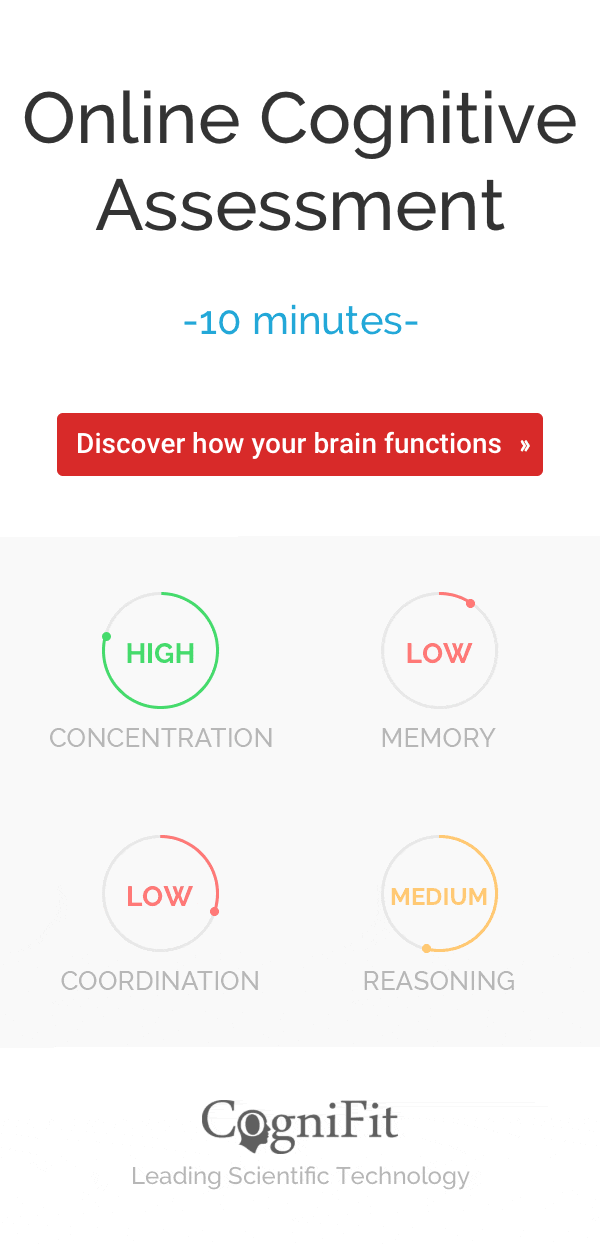
Brain differences in college-aged occasional stimulant users
Brain differences in college-aged occasional stimulant users
Scientists have discovered college-aged individuals who occasionally use stimulant drugs, such as cocaine, amphetamines and prescription drugs such as Adderall, display brain changes that may put them at higher risk for developing a serious addiction later in life.
The study from the University of California, San Diego School of Medicine, published on March 26th in the Journal of Neuroscience, says screening for these changes could help to predict whether a young person experimenting with stimulant drugs should have early interventions that could help prevent future drug abuse.
The study implies that brain activity patterns can be used as a means of identifying at-risk youth long before they have any obvious outward signs of addictive behaviors. “If you show me 100 college students and tell me which ones have taken stimulants a dozen times, I can tell you those students’ brains are different,“ said Martin Paulus, MD, professor of psychiatry and a co-senior author with Angela Yu, PhD, professor of cognitive science at UC San Diego.” “Our study is telling us, it’s not ‘this is your brain on drugs,’ it’s ‘this is the brain that does drugs.’”
Researchers used functional magnetic resonance imaging (fMRI) to examine brains of 18- to 24-year-old college students. A total of 158 nondependent occasional stimulant users and 47 stimulant-naïve control subjects were recruited. Participants sat in front of a screen and were shown either an X or an O on a screen and instructed to press, as quickly as possible, a left button if an X appeared or a right button if an O appeared. If a tone was heard, they were instructed not to press a button. Each participant’s reaction times and errors were measured for 288 trials, while their brain activity was recorded via fMRI.
Occasional stimulant users were characterized as having taken stimulants an average of 12 to 15 times. The stimulant-naïve control group included students who had never taken stimulants. Both groups were screened for factors, such as alcohol dependency and mental health disorders that might have confounded the study’s results.
The outcomes from the trials showed that occasional users have slightly faster reaction times, suggesting a tendency toward impulsivity. The most striking difference, however, occurred during the “stop” trials. Here, the occasional users made more mistakes, and their performance worsened, relative to the control group, as the task became harder (i.e., when the tone occurred later in the trial).
The brain images of the occasional users showed consistent patterns of diminished neuronal activity in the parts of the brain associated with anticipatory functioning and updating anticipation based on past trials.
“We used to think that drug addicts just did not hold themselves back but this work suggests that the root of this is an impaired ability to anticipate a situation and to detect trends in when they need to stop,” said Katia Harl-, PhD, a postdoctoral researcher in the Paulus laboratory and the study’s lead author.
Next, Paulus plans to study if brain plasticity may be altered through certain activities to undo the hard-wiring present in brains of people who may be more likely to develop a drug addiction.
“Right now there are no treatments for stimulant addiction and the relapse rate is upward of 50 percent,” said Paulus. “Early intervention is our best option.”












